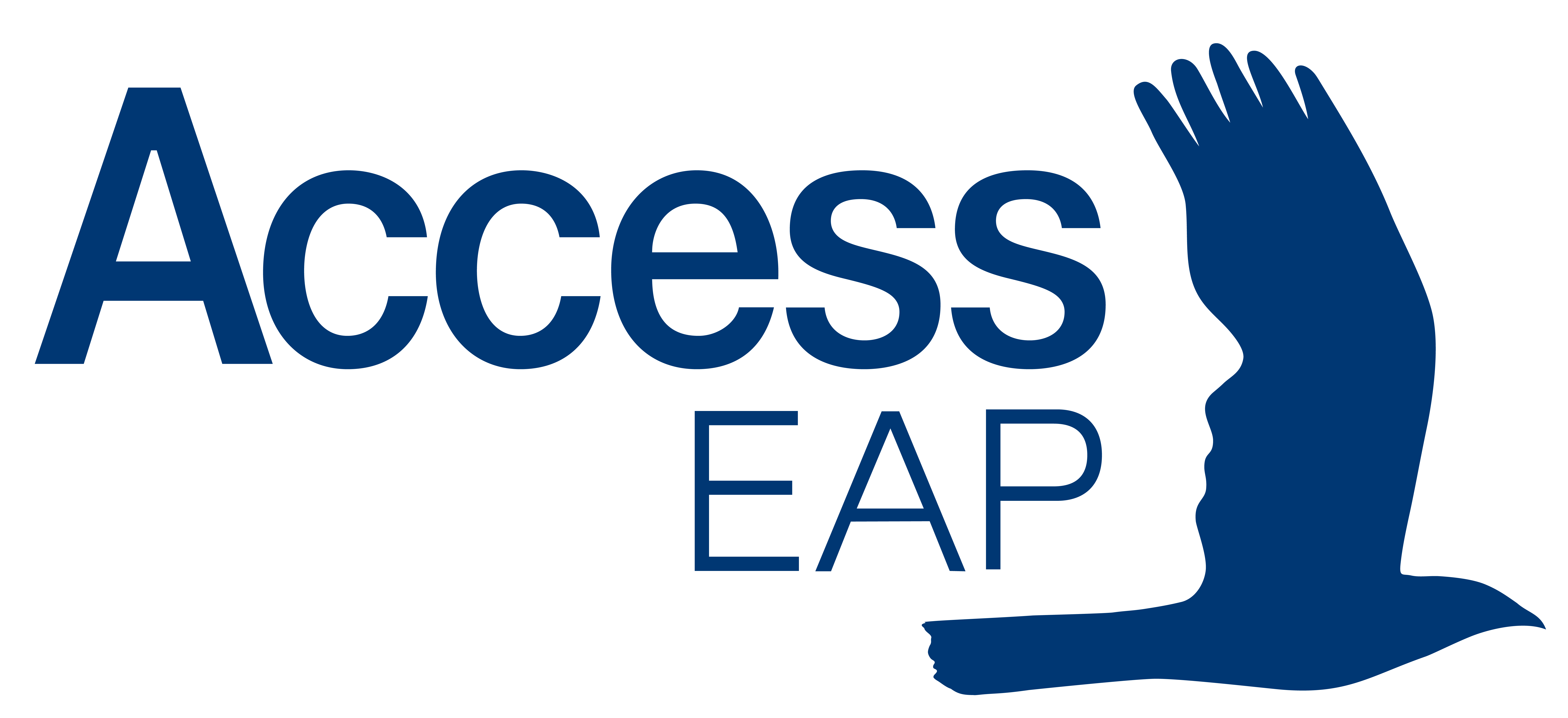Your body, a bit like a jazz band, has its own groove... a deep-down, inbuilt beat that jams with the melody of the birds and the perpetual motion of the sun. It’s our Circadian Rhythm, aka ‘body clock’, an internal timer that registers light and regulates hormones, digestion and temperature accordingly. So, when we harmonise with our own metronome and have a healthy relationship with the rise and fall of the sun, we naturally will feel better, think better and sleep better.
What are Circadian Rhythms?
Circadian Rhythms were first described in 1729 by French Astronomer Jean Jacques d'Ortous de Mairan after he noted the leaves of a mimosa plant opening in the morning and closing in the evening… even in a dark room. In the centuries since, scientists have learned that the same 24-hour cycle orchestrates physical, mental, and behavioural changes across the tree of life, from animals to plants and even microbes.
Light and dark are the biggest triggers of circadian responses; however, stress, temperature, physical activity, and nutrition also play key roles depending on the species. But just because we use the same clock as an owl, doesn’t mean we should mimic its schedule. It goes without saying that rhythmic responses are species-dependent, but given some variations, don’t worry if you’re a ‘hoot’ after midnight, but more on that later. In evolutionary terms, these behavioural rhythms have been preserved and honed over time; as they say, the early owl catches the mice! (Cermakian & Boivin, 2003).
The Human Clock
You might be familiar with the human circadian rhythm; after all, it governs your daily routine, but deep in your cells, it is an inbuilt mechanism that controls your hormone release, body temperature, digestion, appetite, and sleeping patterns. This clock is less of a metaphor and more of a protein timer, but it is a bit different to the one on the front of your oven. Proteins in our cells create a 24-hour cycle by turning each other on and off in a specific rhythm commanded by the Suprachiasmatic Nucleus or, more legibly, the SCN). This collection of 20,000 nerve cells in our brain observes light signals and resets this cycle daily, acting like a master clock (Reppert & Weave, 2002). This helps regulate sleep by releasing melatonin at night, when there isn't much light to make us sleepy. Conversely, morning light reduces melatonin levels and increases cortisol, helping us to get up in the morning and stay awake (Duffy & Czeisler, 2009).

